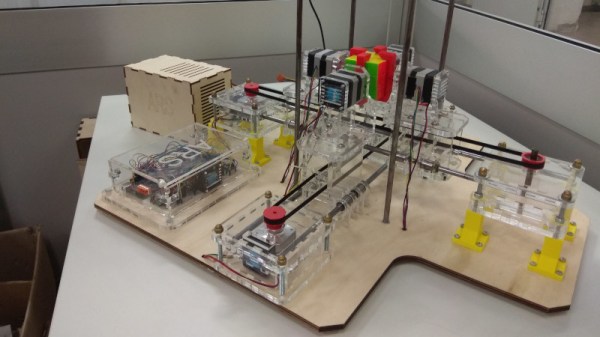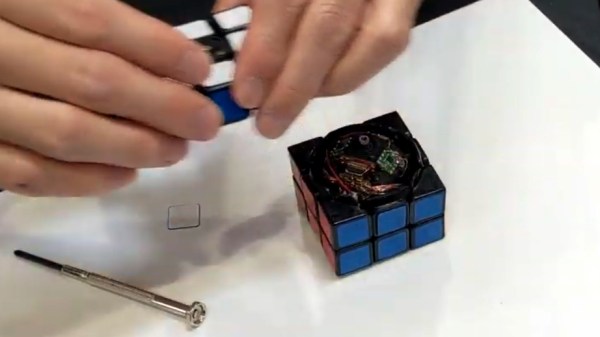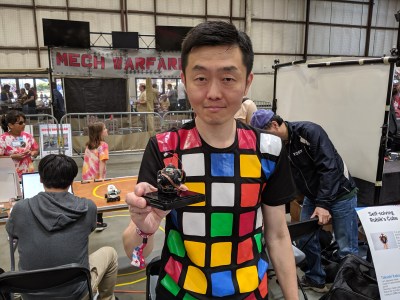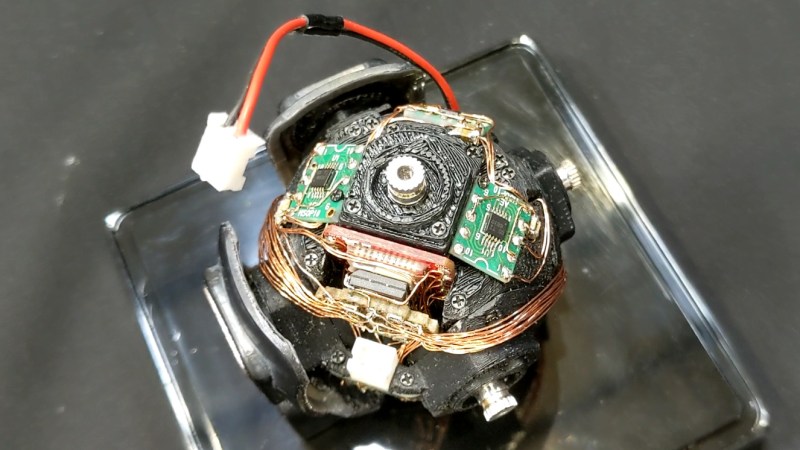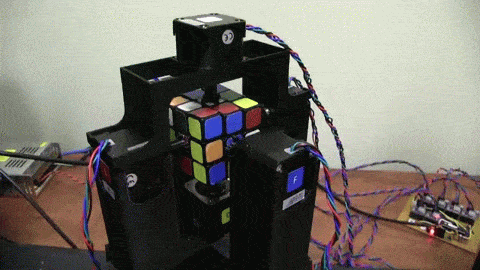The Rubik’s Cube was a smash hit when it came out in 1974, and continues to maintain a following to this day. It can be difficult to solve, but many take up the challenge. The Arduino Rubik’s Solver is a robot that uses electronics and maths to get the job done.
The system consists of computer-based software and a hardware system working in concert to solve the cube. Webcam images are processed on a computer which determines the current state of the cube, and the necessary moves required to solve it. The solving rig is constructed from steel rods, lasercut acrylic, and 3D printed parts, along with an Arduino and six stepper motors. The Arduino receives instructions from the solving computer over USB serial link. These are then used to command the stepper motors to manipulate the cube in the correct fashion.
It’s no speed demon, but the contraption is capable of solving a cube without any problems. Manipulation of the cube is reliable and smooth, and the build is neat and tidy thanks to its carefully designed components. Of course, there are now even Rubik’s Cubes that can solve themselves. Video after the break.

